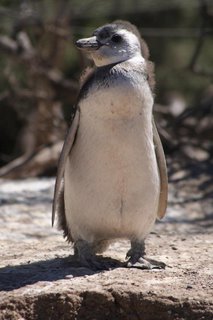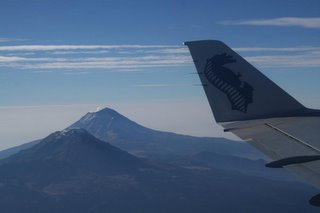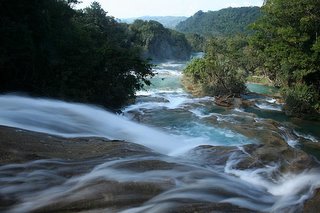Bariloche and the Argentine Lake District

We have been staying in Argentine lake district around Bariloche. Its a stunningly beautiful area of lakes, forests, mountains and Swiss chalet style buildings. The only thing that stops it from being picture postcard perfect are the annoying horse flies that live up in the mountains and aren't in anyway detered by our 100% deet repellent.
After spending a night in Bariloche we went straight off on a three day trek from Lago Gutierrez to Villa Catedral. The first day we walked along the lake and up through the forest with our rucksacks. Steve moaned his way through the first day but cheered up on the second when we left the forest behind and arrived at Refugio Frey, next to a beautiful lake in the mountains. The third day was a pretty steep climb with some breathtaking views but also some frightening scrambles over rocks and snow. Eventually we arrived very tired at the Catedral ski resort to find lots of kids playing on sledges in dirty snow, a cafe selling snacks and cold drinks and a ski lift to take us down to Villa Catedral.
Exhuasted we spent a couple of days recovering in Colonia Suiza, a small village on Lago Nahual Huapi, founded by two Swiss brothers and complete with a tiny Swiss style chapel. We also went on a boat trip across the lake to visit the Parque Nacional Los Arrayanes which was created to protect Arrayan trees, which are very weird looking orange and white native trees.
We then decided to go on another hike, this time up from Colonia Suiza to Laguna Negra in the mountains, where we camped for the night. Although the lake was very beautiful it was a little bit of an anticlimax after the dramatic scenery of the area around Refugio Frey. Also there were so many horse flies that we spent most of our time there swiping each other to keep the terrible little pests at bay!
We are now back in Bariloche. The plan is to do yet another hike, around Mount Tronador, and some kayaking before we fly down to El Calafate early next week.



